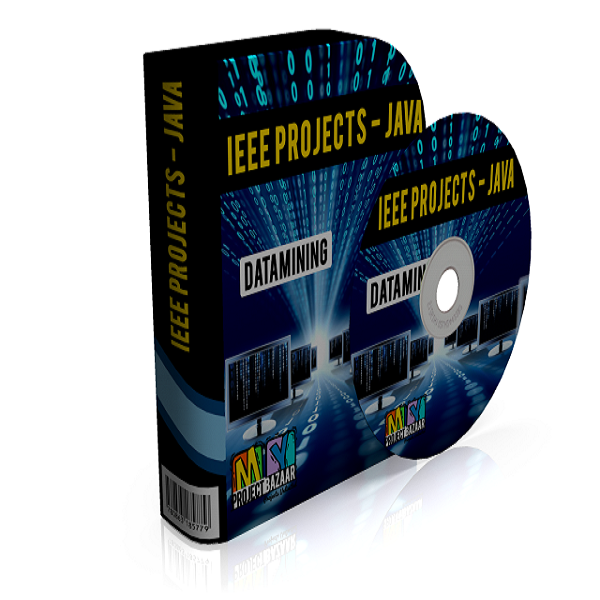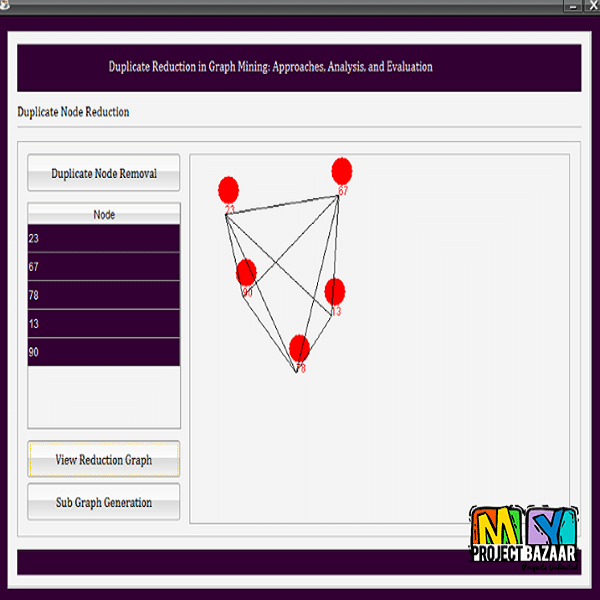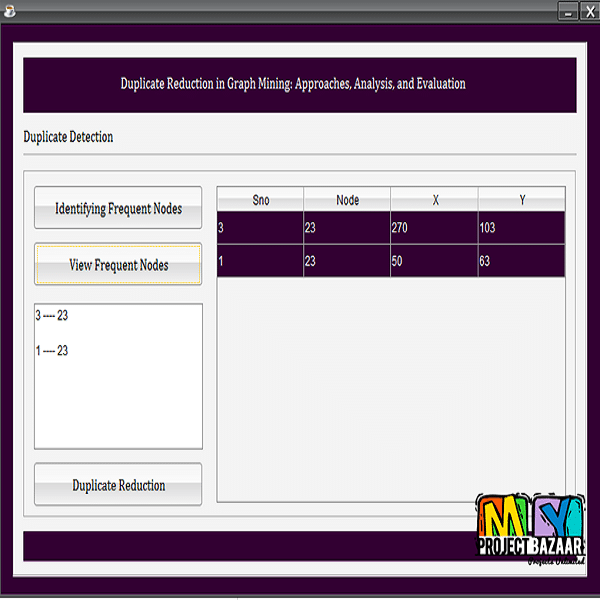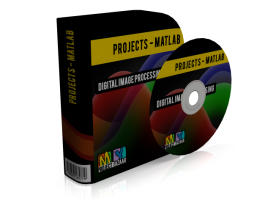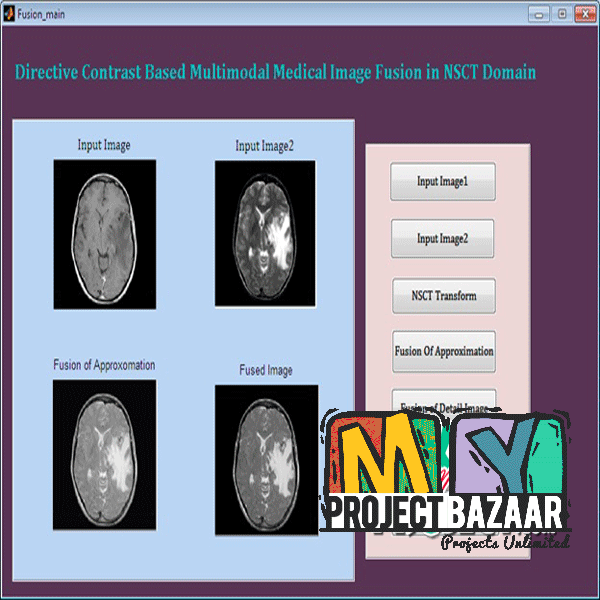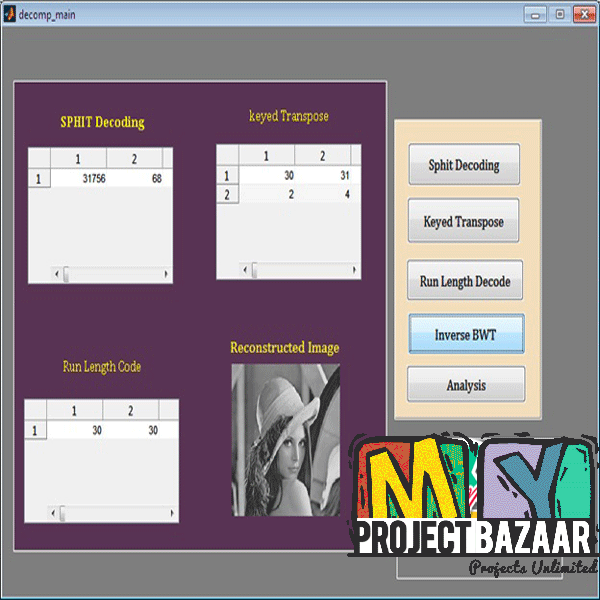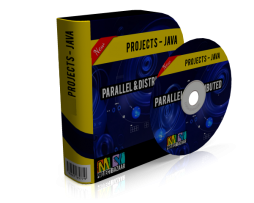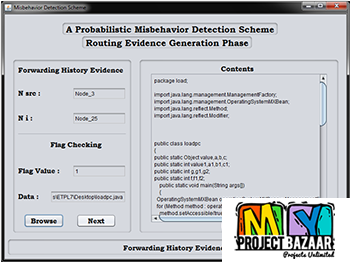Duplicate Reduction in Graph Mining: Approaches, Analysis, and Evaluation
Product Description
Duplicate Reduction in Graph Mining: Approaches, Analysis, and Evaluation
Abstract-At the core of graph mining lies independent expansion of substructures where a substructure (also referred to as a subgraph) independently grows into a number of larger substructures in each iteration. Such an independent expansion, invariably, leads to the generation of duplicates. In the presence of graph partitions, duplicates are generated both within and across partitions. Eliminating these duplicates (for correctness) not only incurs generation and storage cost but also additional computation for its elimination. Our primary aim is to design techniques to reduce generating duplicate substructures as we show that they cannot be eliminated. This paper introduces three constraint-based optimization techniques, each significantly improving
the overall mining cost by reducing the number of duplicates generated. These alternatives provide flexibility to choose the right technique based on graph properties. We establish theoretical correctness of each technique as well as its analysis with respect to graph characteristics such as degree, number of unique labels, and label distribution. We also investigate the applicability of their combination for improvements in duplicate reduction. Finally, we discuss the effects of the constraints with respect to the partitioning schemes used in graph mining. Our experiments demonstrate significant benefits of these constraints in terms of storage, computation, and communication cost (specific to partitioned approaches) across graphs with varied characteristics.
Including Packages
Our Specialization
Support Service
Statistical Report

satisfied customers
3,589
Freelance projects
983
sales on Site
11,021
developers
175+Additional Information
| Domains | |
|---|---|
| Programming Language |

